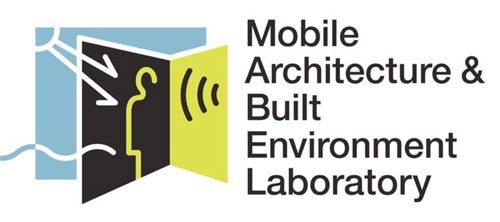Whirlybirds Don't Work
Whirlybirds: The Marketing Genius of the Century?
Are whirlybirds a miracle solution for a hot attic, or just a spinning myth? I've been doing some digging, and I'm starting to lean towards the latter.
Here's why:
They are moved by Air, Not Movers of Air:
Let's get one thing straight: whirlybirds don't have motors. They spin because the wind catches their vanes. So, they're moved by air, not actively moving air like a fan. This fundamental difference is key.
Whirlybird (turbo roof ventilator) manufacturers rarely emphasize the need for eave vents? That's because they're selling the whirlybird itself, not a complete ventilation system. Without proper intake vents, a whirlybird (in fact any ventilation) is like a hamster on a wheel – spinning, but going nowhere.
Marketing Mastery
Whirlybirds have been marketed as a simple, energy-free solution to attic heat. And in theory, they make sense. But the reality is that they're a brilliant marketing ploy. They capitalize on our desire for cheap easy fixes, without delivering significant results.
The 2008 Study: A Reality Check
A 2008 in-situ test by the Mobile Architectural and Built Environment Laboratory MABEL revealed a flow rate of 70 litres per second. Sounds impressive, right? But when you convert that to air speed, it's a mere 0.1 meters per second. That's practically still air!
Attic ventilation is crucial and simple “Air in Air out” equals a balanced system.
Consider the following report done by Deakin University’s state of the art testing equipment.
Testing for SALA Homes 2008
As you may know, MABEL is the most versatile and comprehensive in-situ testing facility for built internal environments throughout Australia. MABEL is a diagnostic toolkit providing multi-dimensional testing of the key performance criteria of energy, light, sound, and comfort.
MABEL SCOPE OF PROJECT
The Mobile Architecture and Built Environment Laboratory (MABEL) were called upon to investigate the overall comfort and natural passive (mechanical) systems of the SALA Home prototype. The intention was to uncover information on the built environment performance and to highlight ‘fault finding’ instances within the systems and construction provided to the overall house design. Comfort is inclusive of ventilation and air quality investigations.
TESTING THE ROOF VENTILATION SYSTEM
The Roof Ventilation System comprises of two rotating Wind Turbines set on top of short pieces of ductwork. The manufacturer’s belief is that the wind turbine will expel air in the same manner as a centrifugal fan when it is spinning. However a wind turbine is not a centrifugal fan and does not move air, but is instead moved by the air. This is a fundamental fact not understood by the manufacturers of these products.
With a 300 mm duct installed, with the air velocities measured (see below) a calculated flow rate of 70 litres per second per ventilator is achieved. This equates to a flow velocity of approximately 0.1 metres per second in the wall cavities and the roof space. This is considered to be still air in ventilation terms, and is totally inadequate to remove any heat load from the walls or the roof space.
Recommendations and Conclusions: A more effective roof cavity ventilation system requires further exploration.
Install Our Superior Roof Ventilation Systems Today
Why Choose A Modern System?
Old-school whirlybirds have been around for decades, but newer ventilation systems offer significant advantages. Below is a quick comparison to help you decide which is best for your home:
- Performance: Modern systems provide continuous airflow regardless of wind conditions.
- Maintenance: Traditional whirlybirds have moving parts that require regular upkeep, while modern systems are maintenance-free.
- Noise: Old-school whirlybirds can create noise during windy conditions, whereas newer systems are completely silent.
- Efficiency: Advanced systems reduce roof cavity temperatures more effectively, helping to lower energy costs.
- Durability: Modern options are built with weather-resistant materials that withstand harsh conditions better than traditional whirlybirds.
Ready to upgrade your roof ventilation? Contact Vent Wise today for expert recommendations and tailored solutions.










